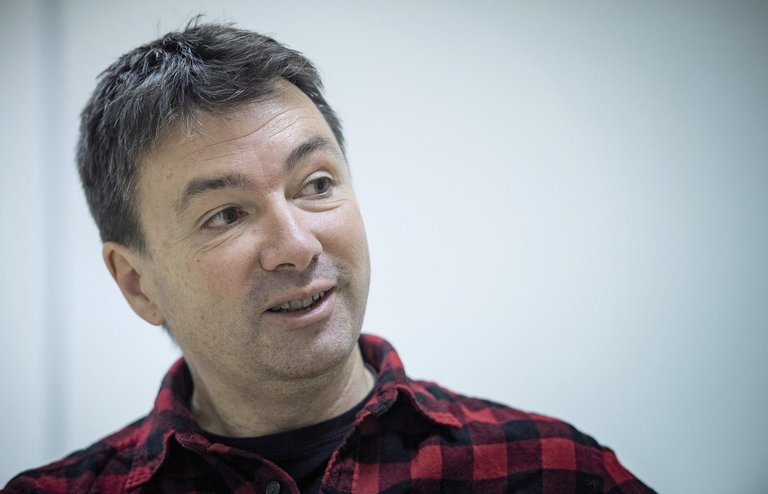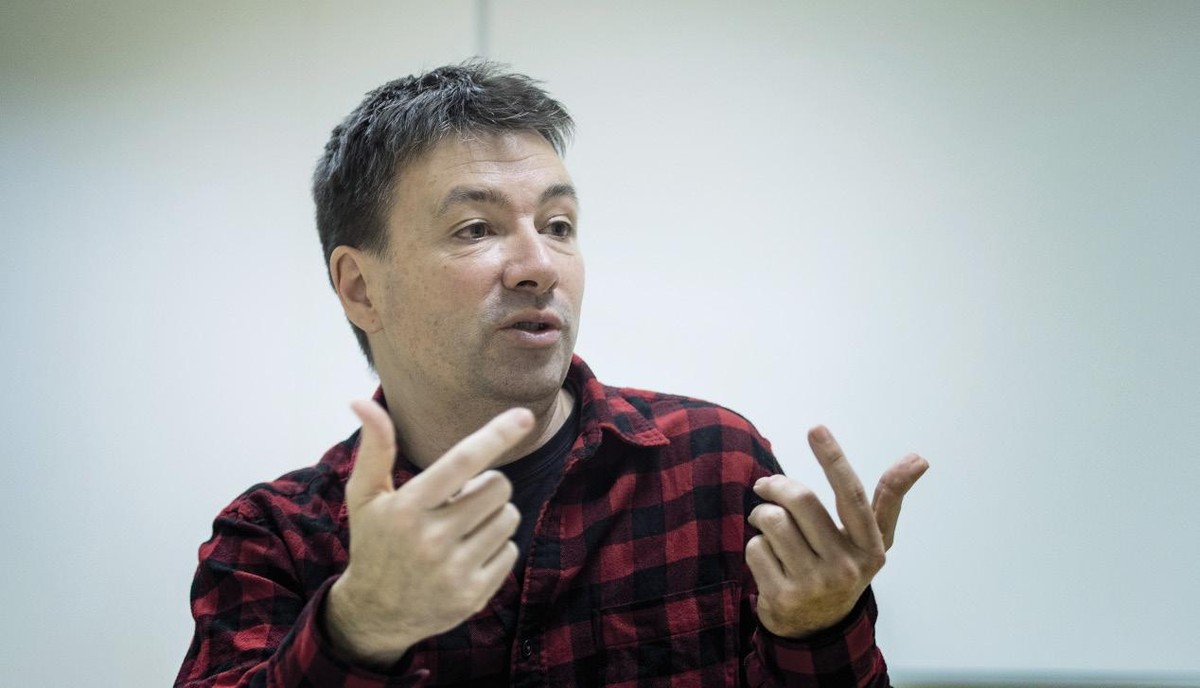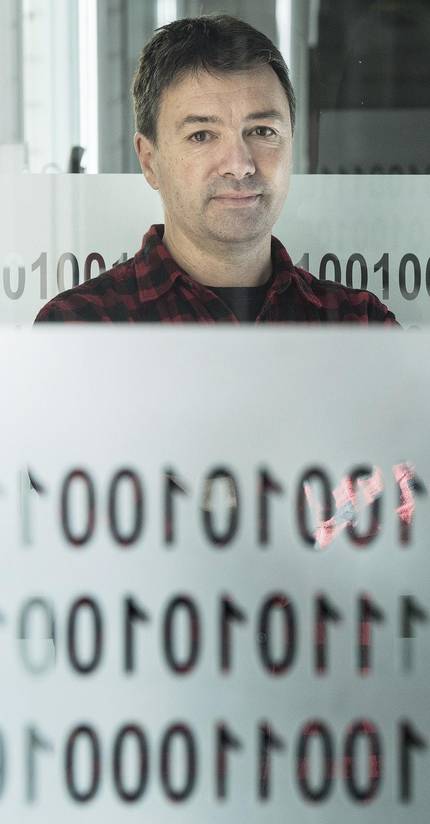“If machines are able to understand people, we have made a lot of progress. Machines come to our world”

Above all, the recognition of the work done. It is a sign that our research has aroused interest and encourages us to continue investigating. And the prize also gives some money to hire a person.
When we use automatic translators, we often realize how bad they have understood. For example, when returning “morning and afternoon trains”, instead of “morning and afternoon trains”, you can do “morning and afternoon trains”. Why? Many times it is because he has not understood what we are talking about. There are words that can have more than one meaning and the machine does not know which to choose in this case.
In fact, my line of research is that, the processing of language, and within it has to do with semantics or meaning, computational semantics. For this, we represent the meanings of words in a space, as in a map. We put words of different languages, in our case English, Basque and Spanish, and in that map we have marked the points that correspond to their meanings. For example, we have a word: “bank”, which means “savings bank” at one point on the map, but we also have the meaning of “chair” at another point. The same is the word “tomorrow” that can be “tomorrow” or “tomorrow”. If we do this map well, then, when the machine begins to understand a text, it will be able to locate whether that “bank” is for sitting or for making money.
Analyze the distances between points. If you are able to place any phrase on the map, you can act with distances to know the meaning of the word in this case. The context of the word will clarify it: it will know according to the other words of the phrase which word is near its map, the word “box” or “chair”. For example, if we ask the machine: “What is the most solvent bank?” “Solvency” means “savings bank”.
We hope that this year there will be important advances in shaping the concepts on the map. And we've made progress, but we haven't yet managed to show that those maps we got are better than words. But we have had improvements in something else: we are now able to take independent maps for two languages and to unify both maps into one. That is, we can make a good map for Basque, another for Spanish and another for English, and then put the three in the same space. In that we have had good results, now we make better maps.
Well on that map we want to put phrases, not just words. There is the challenge. That is, to correctly translate a phrase, the machine must understand the phrase well. That is what we humans do, in short. We do not translate literally. First we have to understand what the context refers to and then understand the core of the phrase. The opposite happens to the machine: it is able to understand the fragments literally, but then it costs a lot to put them together. So, a current challenge is to put on the map the meaning of complete sentences. Upon receiving any phrase, the system would know where it is on the map and would understand it accordingly.
If in addition to the literal meanings you want to enter the second senses on the map, it is possible. The machine itself often learns meanings of second sense. It is surprising, but in this map, in addition to its intrinsic meaning, connotations work. For example, after studying many texts, the doctor learns that in most cases they are men. Or in the United States he learns that thieves are often black. He also studies topics.
There is a great intellectual challenge: if machines are able to understand people, we have advanced a lot. Machines come to our world, right? Their understanding is very attractive. The goal is for all machines to have more intelligence when they interact with us so they know that when you wake up you want the radio to light up or turn on…
Putting the knowledge that we humans have in the way we understand machines is a great challenge. Of course, there is a practical reason: the world of machine translation moves millions and millions of euros every year in Europe.
The truth is that there is one of the main challenges. Many times this is perceived by the interest of the industry and today all software giants, Microsoft, Google, Facebook, IBM, are working intensively on language processing. I think a big step forward will come from here.
Another great challenge is understanding images. For example, if you take a picture like we are, let the machine understand that there are two people, that there is a table, that there is a clock behind you… They already understand some things. Some scenes adapt quite well. But in other scenes they are completely lost.
It can be useful, for example, in home automation. If you have a system to help you at home, you have two ways to know what's going on at home: one is the voice and the other is the camera. If there’s a camera looking at you and you know what’s going on, you’ll also know what you have to do: turn off the light, turn on the light, turn off the alarm if you’ve gotten up before… Seeing what you’re doing, you can know what to do.
This already gives the machine more capacity. It is not about speaking alone, but understanding what you see. We are getting closer. People understand us because as we are seeing the same we talk about it. It is also an important resource for machines.
There are more worrying uses: there are now many cameras on the street to prevent. Check if someone is doing something weird. Without looking, the machine would turn on the alarm automatically.
It was formerly said that a language would be left behind if it did not have a dictionary and grammar behind. The current situation is similar: we now need these dictionaries and those grammars for machines.
We currently have Basque as an option for mobile phones. But if Google has included Basque within Android and its systems it is because there are resources for Basque. These dictionaries are necessary for syntactic or morphological analysis. If a language does not have resources, if it does not have dictionaries and electronic grammars, it risks being left behind. Large companies will not assume the creation of these resources.
In our research group, the IXA Group, we have been working for 25 years and from the beginning part of the motivation was to move forward in the linguistic process so that the Basque language had resources not to stay on the sidelines and move forward with the great languages.
Right now, in the case of Basque, the situation is pretty good. There are lists of languages that specify the resources of each of them, and Basque is among the first.
Buletina
Bidali zure helbide elektronikoa eta jaso asteroko buletina zure sarrera-ontzian













